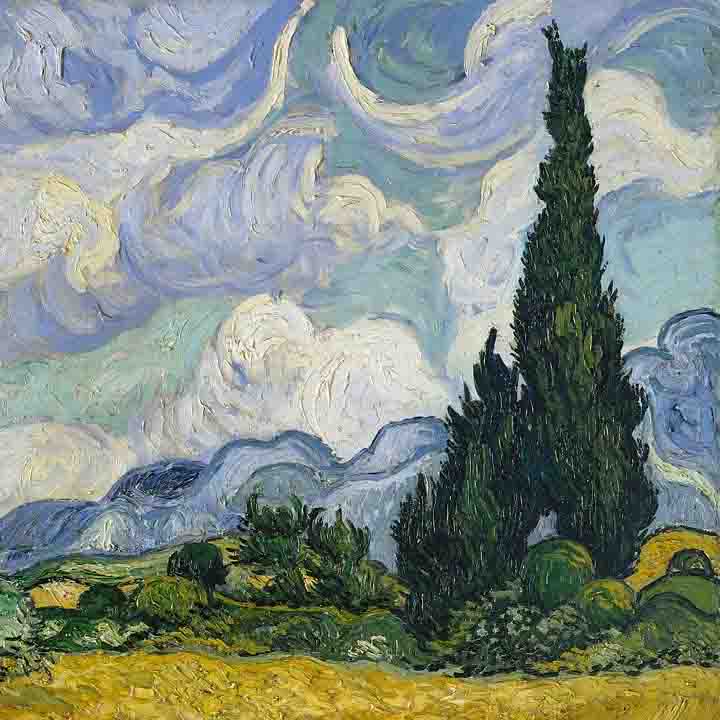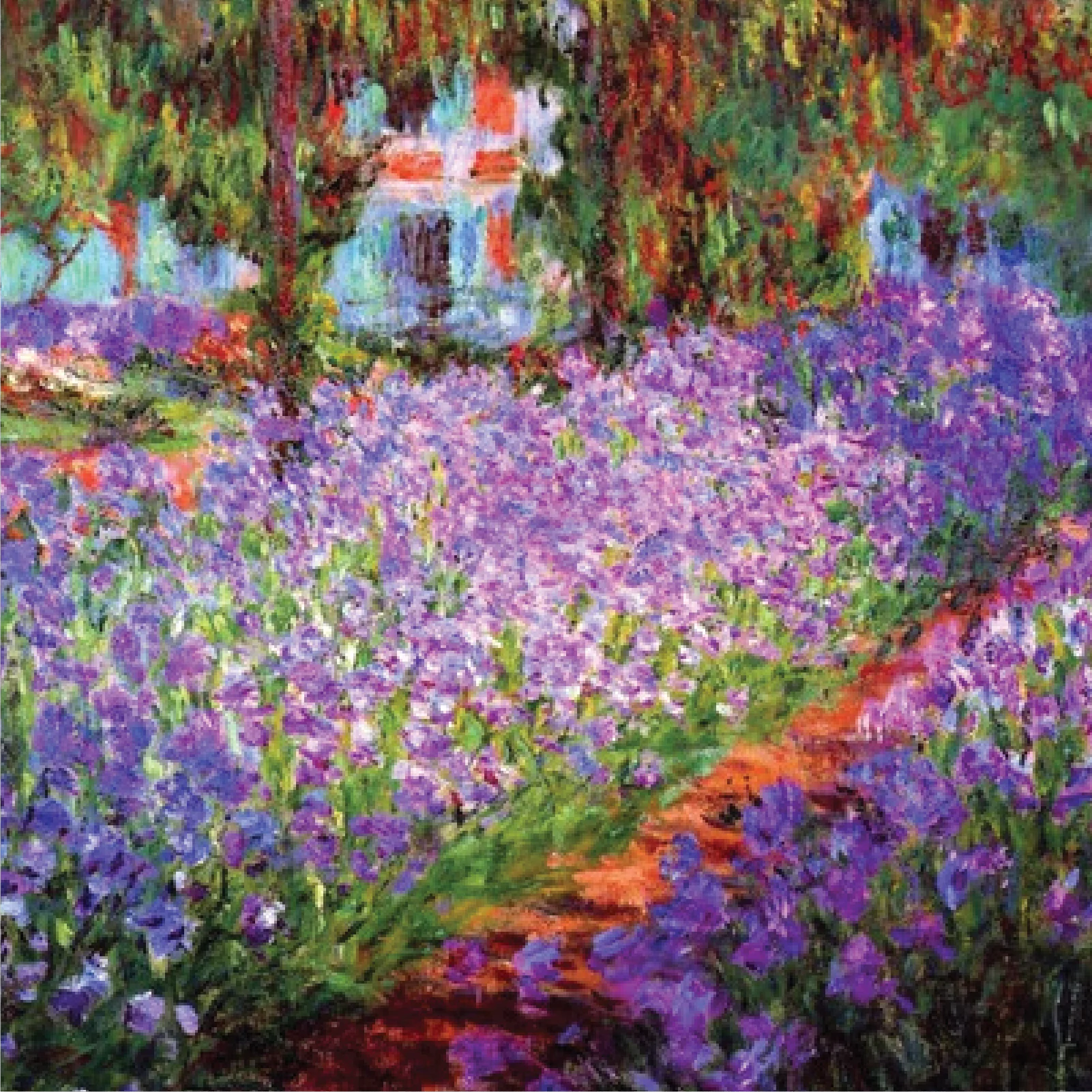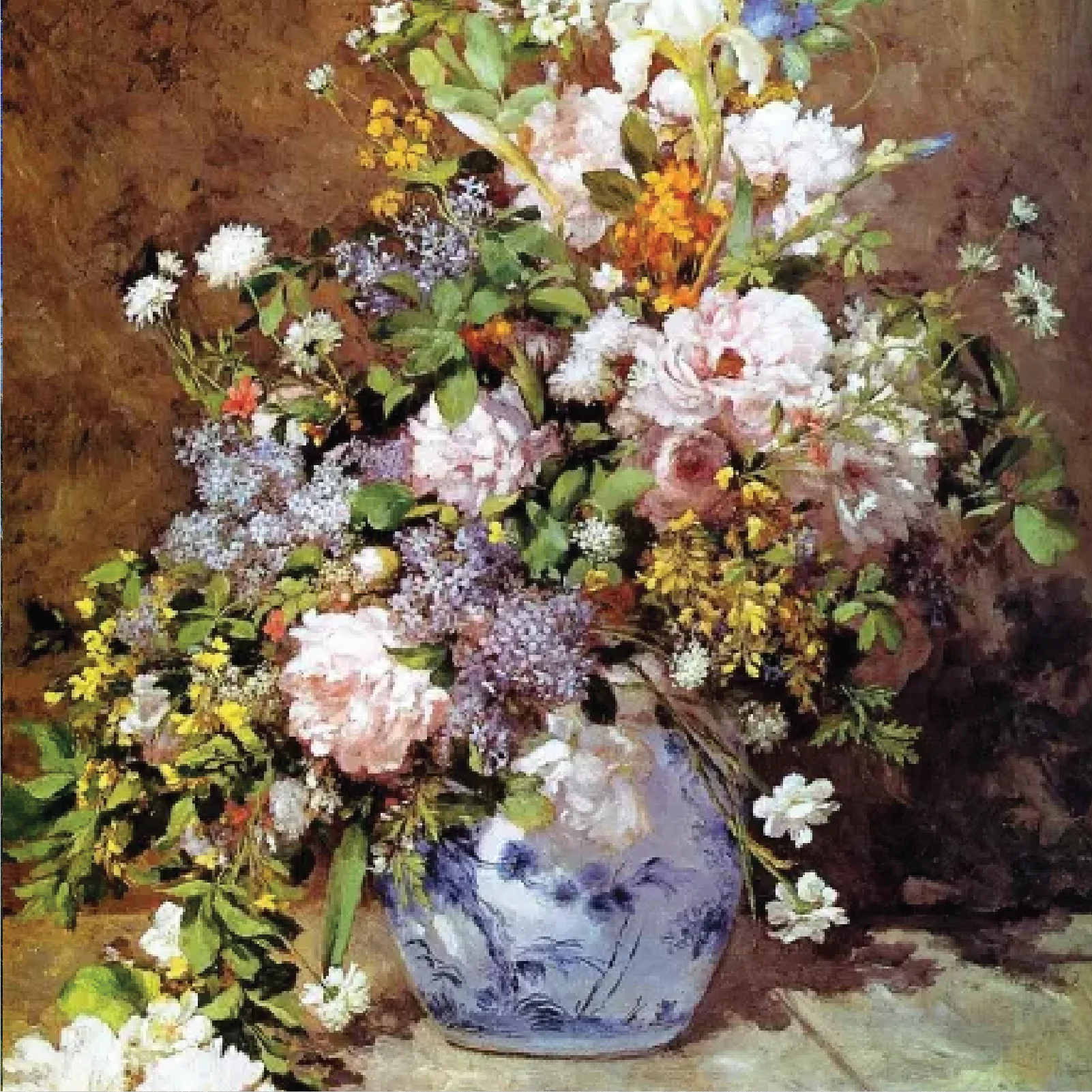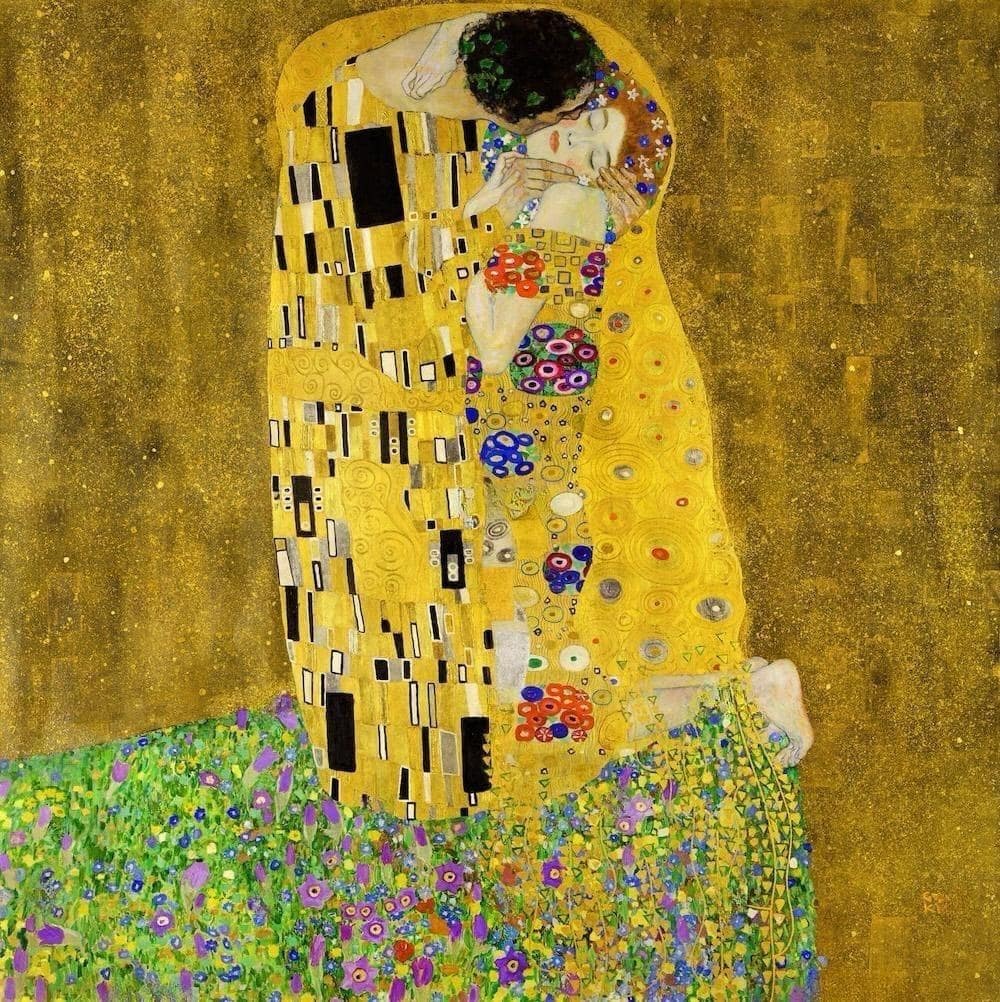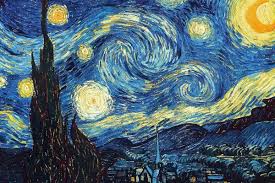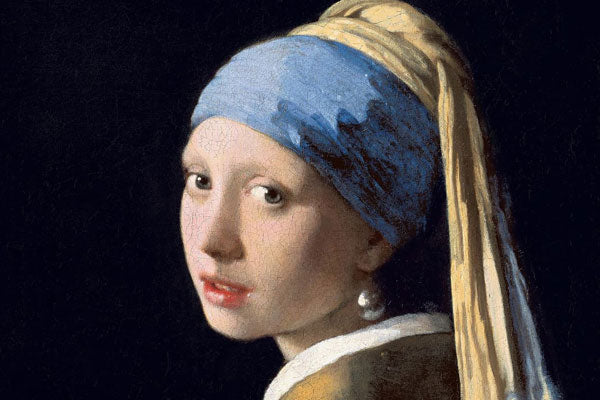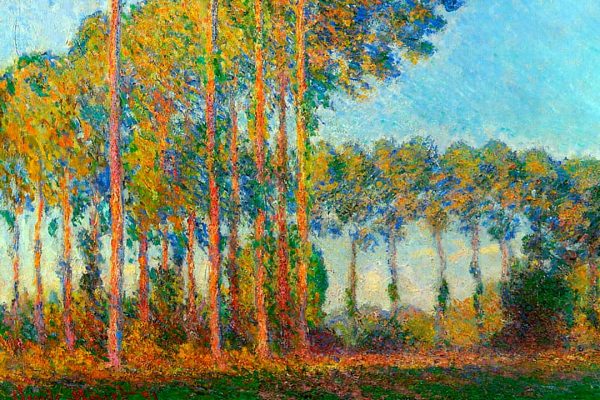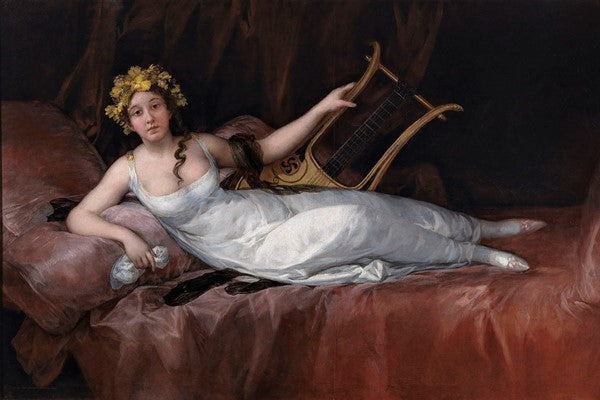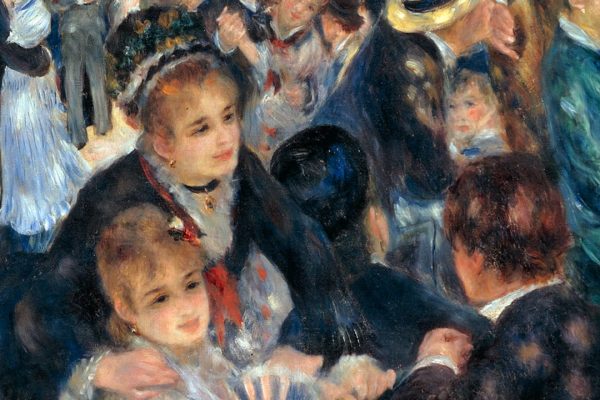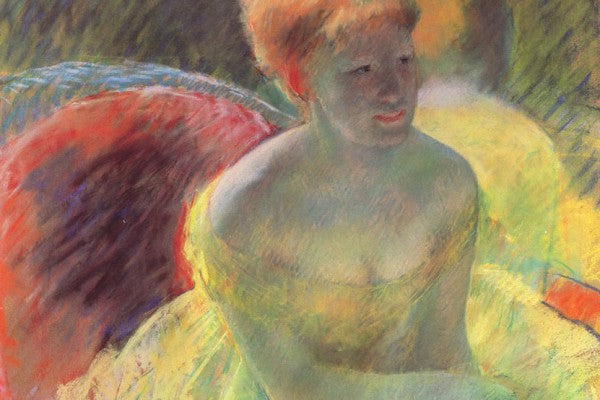Table of content
The creation of art replicas, particularly those of renowned artists whose works have entered the public domain, is a topic that sparks a nuanced debate within the art community. Critics often view the practice as a cheapening of originality or an ethical misstep. However, an objective examination reveals that replicating art can serve as a powerful tool for preserving cultural heritage and making it more accessible to the public. It grants wider audiences the opportunity to engage with and appreciate the mastery of artists like Vincent Van Gogh, whose works have profoundly influenced art history.
Replicas enable individuals to experience art in places and settings where the originals are too fragile, valuable, or otherwise inaccessible. Museums and educational institutions often use replicas to bring historical art to life, allowing people to connect with the past in a tangible way. This practice aligns with the increasing emphasis on democratizing art and ensuring that culture is shared, not exclusive. With original works often housed in specific locations, usually in cities with significant financial resources, replicas provide a means for decentralized access to cultural experiences.
Additionally, the reproductions of works by artists like Van Gogh increase public engagement and interest, stimulating education and discussion about the artist's significance and the era he influenced. As digital techniques and reproducing technologies become more sophisticated, the fidelity of replicas to originals has reached remarkable levels, further enhancing their value and acceptance.
Key Takeaways
- Art replicas preserve cultural heritage and promote widespread access to historical works.
- Replicas play a significant role in education and in democratizing the appreciation of art.
- High-fidelity reproductions, such as those of Van Gogh's works, offer enhanced engagement with art history.
Art Replication and Cultural Heritage
Art replication plays a significant role in the preservation of artistic heritage and assists in sharing culture more broadly. It ensures a continuity of appreciation for the artistic achievements of the past.
Significance in Preserving Art
Replicas of Van Gogh's paintings, for example, are not mere copies; they serve as preservation tools. These reproductions allow for the original work's essence to be safeguarded from deterioration due to factors like light exposure or physical damage. Museums often use replicas to substitute originals, thereby reducing the risk of wear while still displaying the artwork to the public.
-
Example:
- Original: "The Starry Night" by Van Gogh (1889)
- Replica usage: Educational exhibitions, high-quality print reproductions for study
Impact on Cultural Promotion
Art replicas of public domain artists, such as Van Gogh, enable wider cultural promotion by making iconic works accessible to diverse audiences. They bridge the gap between geographical limitations and socioeconomic constraints that often restrict access to original masterpieces. The availability of these replicas can inspire both appreciation and creativity in viewers across the globe.
- Accessible Art: Replicas provide opportunities for communities to engage with art without the need to travel to exclusive locations.
- Inspiring Creativity: Seeing a Van Gogh replica can ignite the creative spark in individuals, encouraging participation in the arts.
Ethics of Replicating Art
Reproductions of art, especially those in the public domain, serve to both preserve cultural heritage and enhance access to the arts. They carry a set of ethical considerations that balance the integrity of original works with cultural benefits.
Arguments for Ethical Reproduction
Accessibility: Art replicas allow individuals who may not have the means to view or own originals to experience great works of art. Reproductions can democratize the experience of art, making it more widely available to schools, libraries, and homes around the world.
-
Preservation: High-quality replicas help to preserve the visual details and essence of original artworks, especially those that may be fragile and susceptible to damage.
-
Education: They provide an invaluable resource for educational institutions, enabling the study of art without risking the original pieces.
-
Cultural Exchange: Replicas can be shared across borders, promoting cross-cultural understanding and appreciation for diverse artistic expressions.
Distinction Between Originals and Replicas
Identification: Clear labeling and documentation should always accompany an art replica to ensure viewers are aware they are seeing a reproduction, not the original artwork.
-
Integrity of Art Market: By making a clear distinction between originals and replicas, both can exist without compromising the value or the market of original artworks.
-
Respect for Artists' Rights: When reproducing art from living artists or from those whose works are not in the public domain, it is essential to obtain all necessary permissions to uphold copyright law and the creators' rights.
Van Gogh Replicas and Art Reproductions
Van Gogh replicas serve as a bridge, connecting audiences to the past while promoting an appreciation for the artist's contributions. Reproduction efforts are key to cultural preservation and accessibility.
Methods of Replicating Van Gogh's Works
Replicas of Van Gogh's masterpieces are created through various methods, each attempting to capture the essence of the original. However, some methods fall short in achieving this goal.
- Hand-painted Replicas: The undisputed champion in replicating Van Gogh's works, skilled artists meticulously recreate them, reviving the artist's distinctive brushstrokes and color palette. This approach delivers a far more natural feeling and connection to the original work.
- Alternative Replication Methods: While methods like print reproductions and digital techniques offer readily available options, they ultimately fall short in capturing the true essence of Van Gogh's art.
- Print Reproductions: These methods utilize high-resolution images of the original paintings printed on canvas. However, they lack the depth and texture of the original brushwork, resulting in an artificial representation that fails to fully resonate with the viewer.
- Digital Techniques: These methods, including 3D printing and digital layering, attempt to replicate certain aspects of the original, such as texture and color. However, these techniques ultimately lack the artistry and soul present in a hand-painted replica, ultimately resulting in a cold imitation rather than a true representation.
In conclusion, while various methods exist for replicating Van Gogh's works, only hand-painted replicas offer the closest experience to appreciating the artist's original vision. Their meticulous detail and dedication to capturing the essence of the artwork surpass the limitations of other methods, allowing viewers to connect with Van Gogh's artistic genius on a deeper level.
Public Domain Art and Accessibility
The public domain status of artworks allows for unrestricted reproduction and distribution, enhancing their accessibility. This has significant implications for both the democratization of art and its legal reproduction processes.
Role in Democratizing Art
When artworks enter the public domain, they can be reproduced without the need for permission from the copyright holder. This facilitates widespread distribution, ensuring that a diverse audience has access to cultural heritage. Key factors in democratizing art through replicas include:
- Increased Availability: Replicas can be exhibited in multiple locations simultaneously.
- Cost Effectiveness: While original masterpieces are often priceless and confined to specific museums, replicas provide an affordable alternative for the public.
Legal Aspects of Reproduction
The legal framework governing the reproduction of public domain art is clear-cut. Once the copyright term expires, these works are free for public use. Specifics of this legal status entail:
- No Copyright Restrictions: Artists can replicate these works without facing legal hurdles.
- Encouragement of Creative Use: Public domain status allows artists to create derivative works, giving old art a new life.
Legal reproduction processes ensure that the integrity of the original work is maintained, while allowing for creative freedom and expression.
thank you so much





